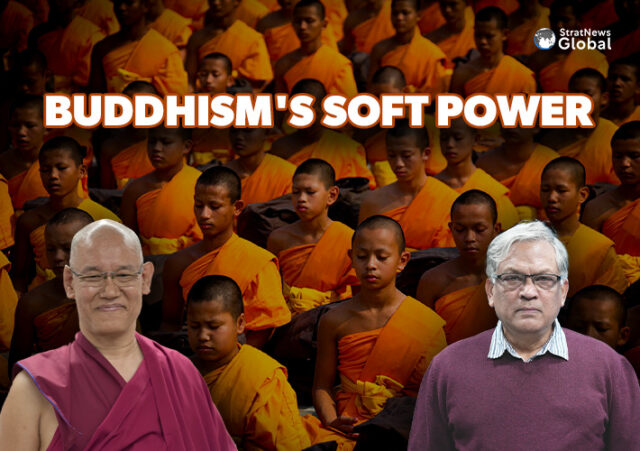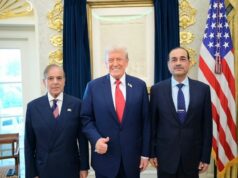The Buddha lived his years in India, he preached here and died here and there was a time when Buddhism had spread all over this country, as far as Afghanistan, to southeast Asia and beyond, says Rinpoche Jangchup Choeden, secretary-general of the International Buddhist Confederation in Delhi (IBC). He was speaking to Stratnews Global in the wake of the successful display of the relics of Buddha and his two disciples, in four cities in Thailand including Bangkok. Thousands turned out to see the relics. It was a reminder to the world that whatever claims China or other countries may make on Buddha and the faith that bears his name, the fact remains that his learning, life and times were in India. Choeden acknowledged that India invoking the soft power of Buddha and Buddhism is of recent origin, perhaps no more than a decade old. But it was necessary given that it helps India build on existing political relationships. For instance, the Cambodian authorities are keen on a display of the relics in their country. Laos could be another. Buddhism flourishes in other parts of Southeast Asia, also in South Korea, Taiwan and Japan, in Mongolia, and pockets of Russia. Buddhism is among the fastest growing faiths in China even though the ruling Communist Party is officially atheist. The IBC, for its part, is also working to enhance connectivity and exchanges with Buddhist scholars all over the world. This is important given that Buddhism does not have a common liturgy nor a supreme church unlike Christianity. Buddhists talk to each other in a bewildering variety of languages and written scripts. Technology is helping facilitate communication. The practice of Buddhism also varies, for instance the Hinayana and Mahayana strains of Buddhism are well known. Hinayana rejects idol worship and seeks individual salvation via consciousness and meditation. Mahayana believes that anybody can attain salvation.





